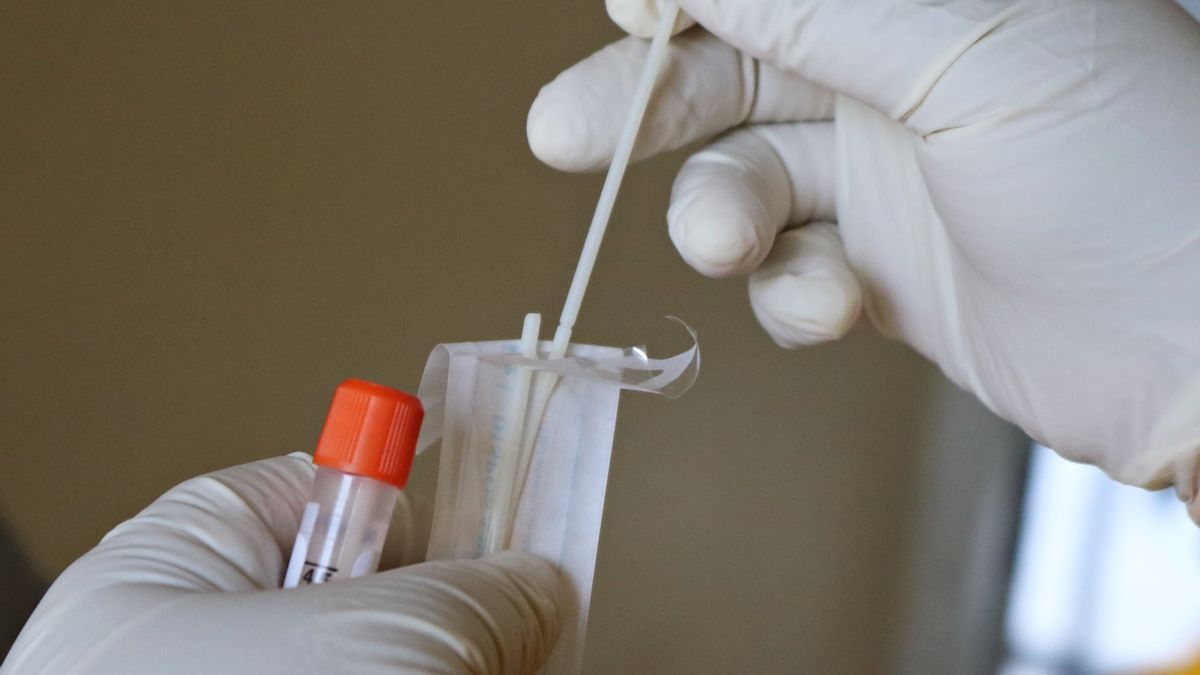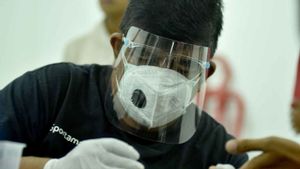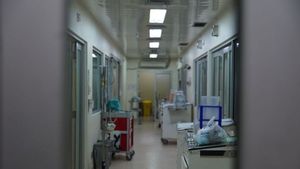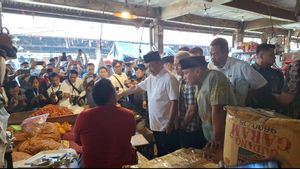JAKARTA - Virologist Andi Utama, Ph.D, explained that viruses are living things, because they can reproduce and have a survival instinct, including COVID-19. As long as there is a place to reproduce, viruses that are very dependent on their hosts always evolve through mutation.
"As long as the virus has the opportunity to reproduce, the mutation process will continue to occur. Moreover, the genetic material of this virus is RNA, where RNA mutations are much faster than DNA," said Innolab's KalGen Laboratory Director in his statement, Sunday, February 6, reported by Antara.
He said, there are various mutations, namely those that benefit the virus and those that harm it. If the mutation is unfavorable, the virus will disappear. While the omicron is the result of mutations that managed to survive for the benefit of the virus itself.
The tracking process is not simple. The basic concept of the development of detecting viruses because the object is genetic material, then there are two ways that can be done.First, look for a unique part of the virus that is specific to SARS-CoV-2. Second, choose an area that is not easily changed (sustainable).
Sophisticated technology, including bioinformatics, plays a very important role in helping detect omicron variants. There is software that is able to line up hundreds of thousands of viral genome data and look for parts of the genome that are sustainable.
“PCR detects specific small parts. WGC (Whole Genome Sequencing) identifies all viral genomes, the consequences of which are time consuming and costly. But to determine what variant it is, the result is okay. For PCR, only looking for sustainable parts with certain selected parts," said Andi.
The Japanese graduate who has conducted research at the Department of Virology 2, National Institute of Infectious Disease then emphasized that there are two methods for detecting omicron variants. Both are based on a circular letter from the Indonesian Ministry of Health (Kemenkes) in 2021.
“First, STGF (S-Gene Target Failure), the concept is to look for Gen S which cannot be detected because from the beginning a design was made for the original virus. In this case, there will be possible variants other than Omicron," he said.
Another approach is SNP (Single Nucleotide Polymorphism), which directly targets the point mutation, so it is very close to the omicron variant. This method is carried out at KalGen Innolab, a subsidiary of Kalbe Farma which is engaged in diagnostic examinations, in collaboration with Toyota Tsusho Corporation and Health Scientific Institute in Japan.
"We call the second method (SNP) the O+ PCR. Already targeted or more specific because we have targeted. In addition, we used the original three genes, thus minimizing the possibility of errors. But I emphasize, we agree that the gold standard to ensure all of that is WGS,“ explained Andi.
“Before deciding which kit to use, we study first, see the data, the consistency of the data. Incidentally, the kit we chose has data that has been compared with WGS. So, it shows 100 percent data and is quite consistent in predicting suspected Omicron," he added.
VOIR éGALEMENT:
The English, Chinese, Japanese, Arabic, and French versions are automatically generated by the AI. So there may still be inaccuracies in translating, please always see Indonesian as our main language. (system supported by DigitalSiber.id)












